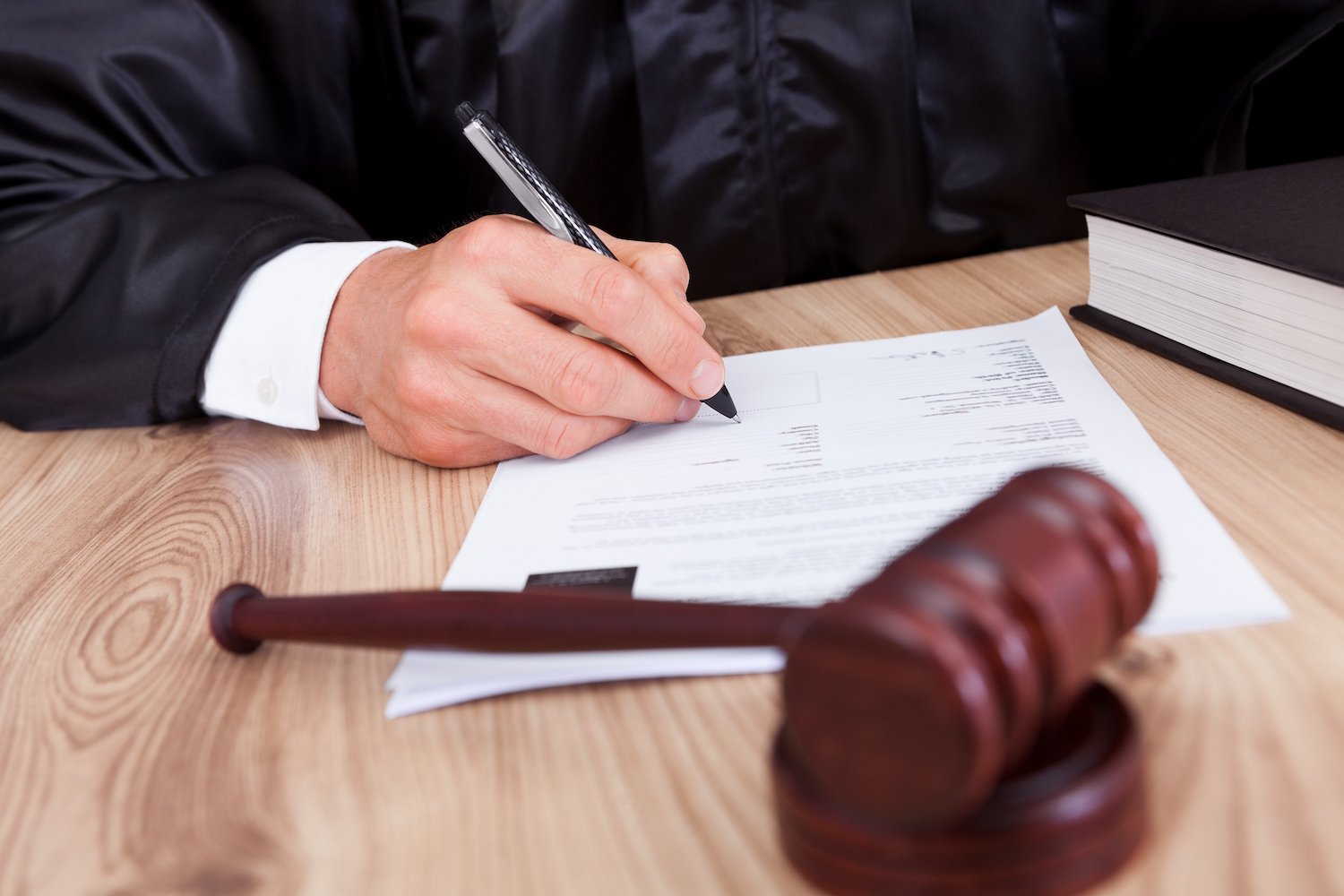Being a victim of, or watching a loved one be subjected to, domestic violence is painful beyond imagining. You often feel powerless to do anything about it, there often appears to be no way out and no options other than to endure. However, that is not the case. Most legislations offer some recourse in the form of orders of protection and restraining orders. In this article, we will explore what these are, and what the differences are between the two.
Protective order vs. Restraining order
The basic difference between a protective order and a restraining order is how you apply for them and how long they can last. An ex parte order of protection is a temporary measure that can be filed quickly. A full protection order, or restraining order, is granted after a court hearing and lasts for a longer period of time than the ex parte order.
Let’s explore these in more detail.
What is an order of protection?
A victim of stalking or abuse can file an order of protection against a current or former spouse, adult member of the family or household, any adult in a social, intimate or romantic relationship, or a former partner that the victim shares a child with.
To obtain an ex parte order of protection, the alleged abuser does not have to be present. This order is designed to prohibit the abuser from stalking, molesting, threatening, abusing or disturbing the peace of the victim.
The ex parte order dictates that the abuser cannot enter the victim’s premises, cannot communicate with the victim through email or third parties, that certain personal property be turned over to the victim, and that the victim can obtain a temporary order of custody of minor children.
The ex parte order of protection can be obtained from the circuit court in the county where the victim resides, where the abuse took place, or where the abuser can be served. Victims do not require a lawyer to file an ex parte order and can approach the circuit clerk or county victim advocate for help filing papers. The order takes effect as soon as the judge grants it and lasts until the full protective order hearing is held, usually within 3-15 days.

What is a Restraining order?
A full order of protection, also known as a restraining order, can only be issued following a full order hearing, which the victim must attend. This order cuts off all communication and contact between the abuser and the victim.
The full order can award custody of children and establish a visitation schedule in the best interest of the children, grant child support, and award maintenance if the abuser and victim are legally married.
It can also dictate that the abuser contribute to the victim’s housing costs, hand over property such as cars and prohibit the abuser from selling shared property. The order can further mandate that the abuser participate in counseling or substance abuse treatment, as well as pay the victim’s attorney fees and medical costs.
A full protective order is valid for 180 days or up to a year. However, a new act of abuse does not have to occur to renew the full order.
What if there is a violation of a Protective Order?
Protective order information will be logged within 24 hours and can be accessed by all law enforcement agencies. Orders of protection are enforceable throughout the entire state.
If the abuser is not obeying the protective order, a victim should call 911 and indicate an order of protection is in effect, if violence is imminent or that domestic abuse has occurred before between the two parties.
Violation of a protective order is a Class A misdemeanor and is punishable by up to a $2,000 fine and one year in jail. If the abuser has been found guilty of violating a protective order in the previous five years, that new violation can become a Class E felony and is punishable by up to four years in prison and a $10,000 fine.
A protection order lawyer can walk you through the legal process, from filing a legal petition to obtaining a protective order to facilitating the filing of criminal charges should an abuser violate a protective order. Domestic abuse is an act that no person should suffer from. We hope this article has shed some light on how you can go about protecting yourself from this trauma.

